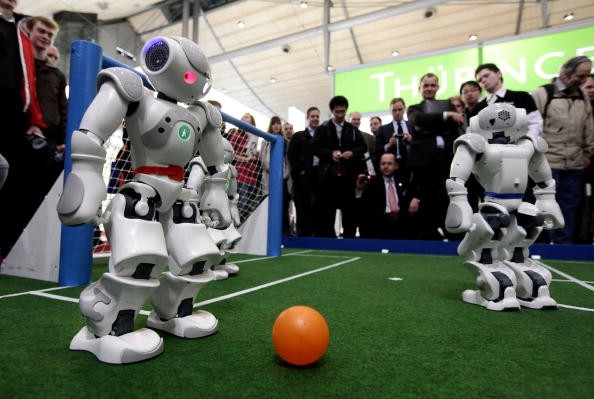There has been much growth in the field of artificial intelligence (AI) over the past couple of years, with the biggest technology conglomerates beginning to dabble in the field as well. Among the biggest names to be involved with the research of AI are Google, Facebook, Microsoft, and now most recently, Apple.
What Apple is trying to achieve in the field of artificial intelligence is to improve the quality of synthetic training images, which help teach AI what they need to learn. The Cupertino-based tech company is planning to do this by using a method of simulated and unsupervised learning that can be described as novel, according to Tech Crunch.
With their competitors already boasting hundreds of publications regarding this subject matter, this major development from Apple is definitely a step in the right direction. These extensive uses of synthetic training images will not only help Apple put its mark on the field of artificial intelligence, but will also help save them valuable time and money, as the use of real-world imagery is far more costly in both of these aspects.
Apple breaking its silence on its AI research shows that it is ready to compete with bigger companies who have arguably more experience in the matter. This was the first ever paper Apple had released regarding artificial intelligence, but from the looks of things it certainly will not be the last.
Apple researcher Ashish Shrivastava, who holds a PhD in computer vision from the University of Maryland, is credited as the lead author of the paper. The co-authors are Tomas Pfister, Oncel Tuzel, Wenda Wang, Russ Webb and Josh Susskind. Susskind co-founded Emotient, an AI startup that assessed people's emotions and was acquired by Apple earlier in 2016.
There may be some risks involved with Apple's approach to teaching AI as a small flaw in their synthetic training images could pose grave repercussions. Researchers would have to ensure that these synthetic images are as close to the real things as possible. However, if done properly, Apple would then be able to utilize AI in a wide variety of their technologies such as in their smartphones and tablets.
See how IBM and Apple plan to tackle artificial intellignece in the video below:



























